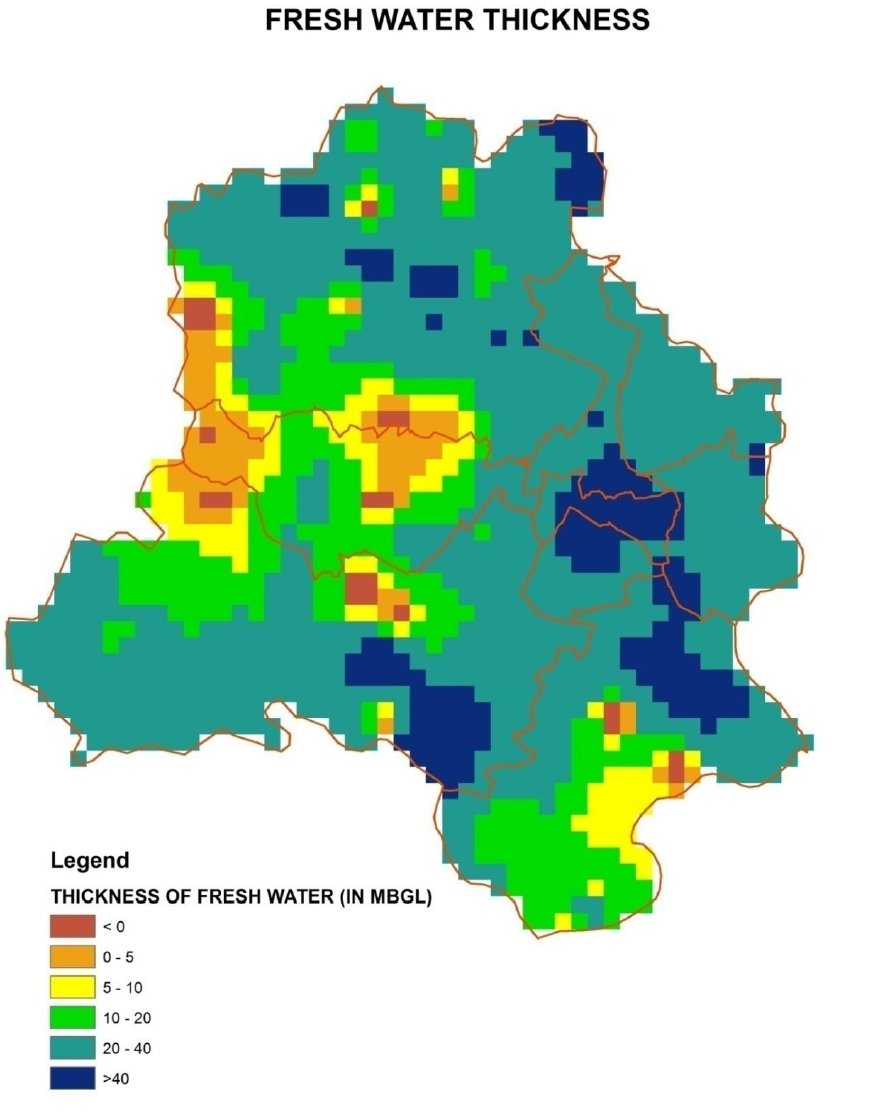
A microblog collating academic and journalistic information on India's aquifers | SciComm | Groundwater Hydrologist @viveksgrewal
How to get URL link on X (Twitter) App

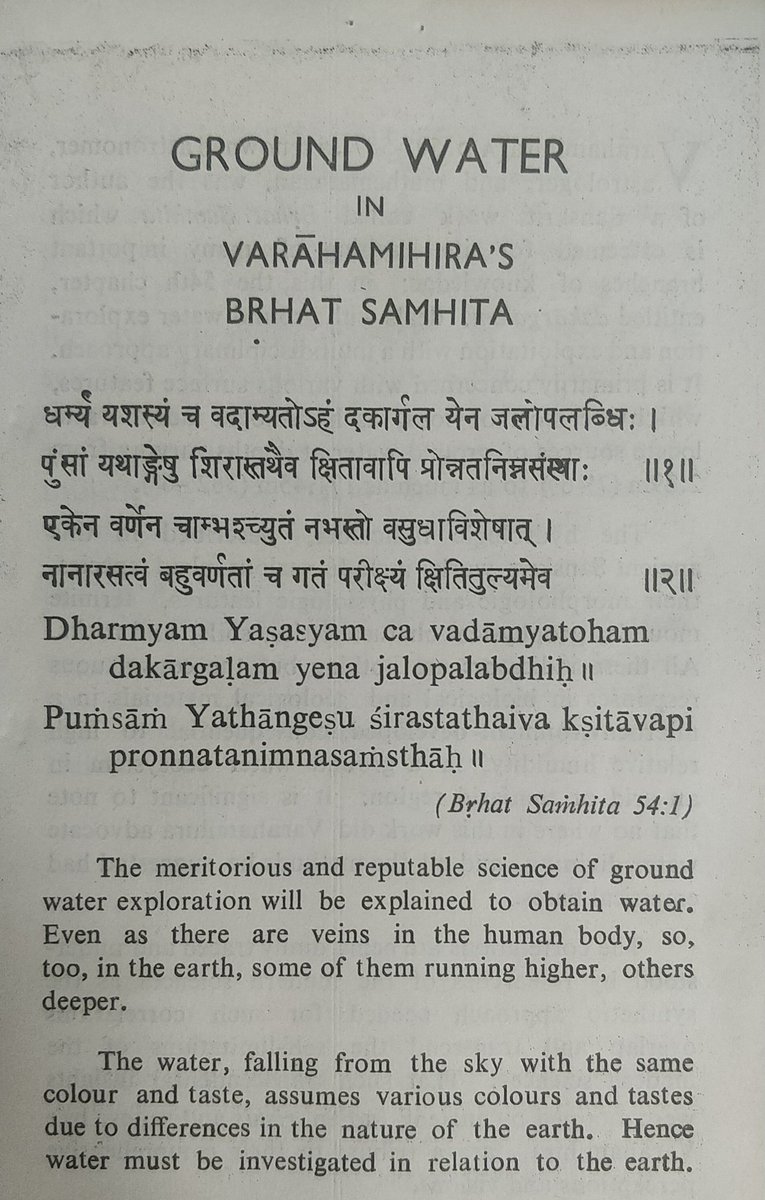
 Varahamihira lived in Avanti (MP), and wrote the encyclopedic 'Brhat Samhita' (~The Vast Collection). Its 54th chapter is called 'Dakargalam' (~Groundwater Exploration).
Varahamihira lived in Avanti (MP), and wrote the encyclopedic 'Brhat Samhita' (~The Vast Collection). Its 54th chapter is called 'Dakargalam' (~Groundwater Exploration).
 These pictures illustrate the plight of some of our major rivers:
These pictures illustrate the plight of some of our major rivers:
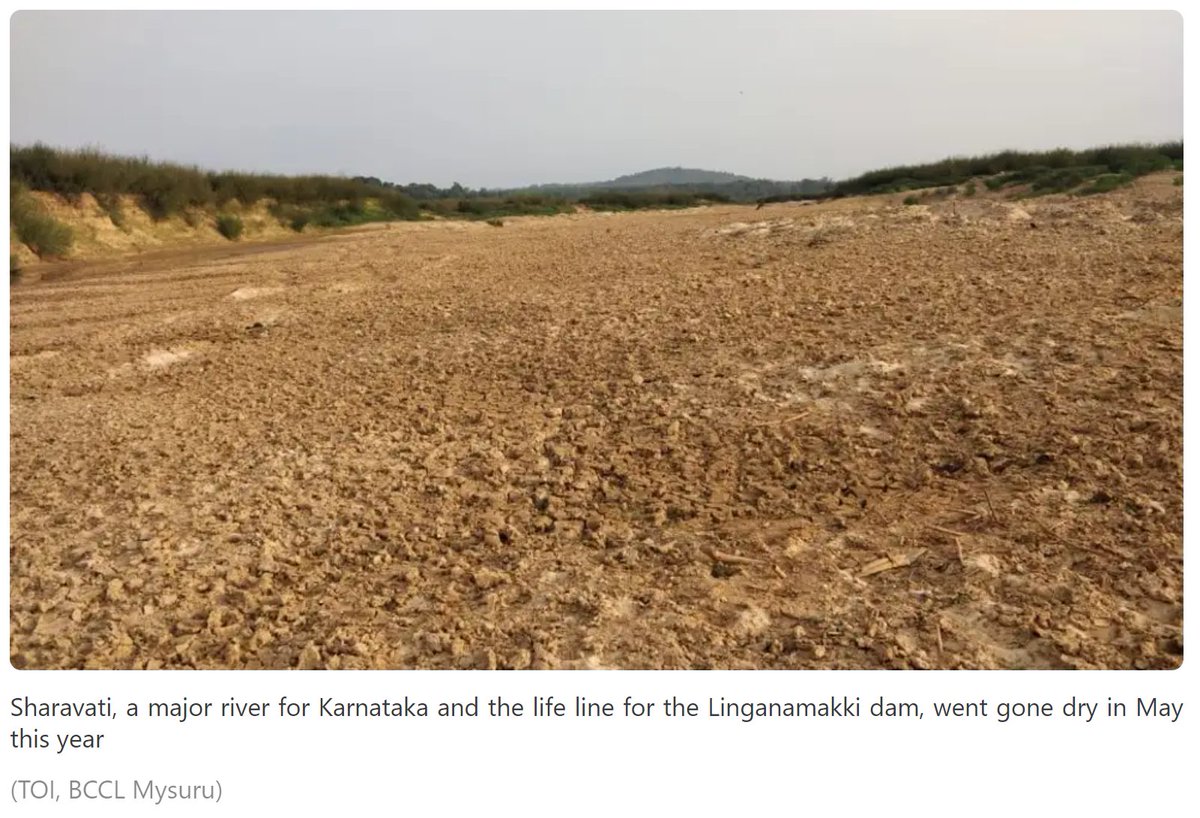
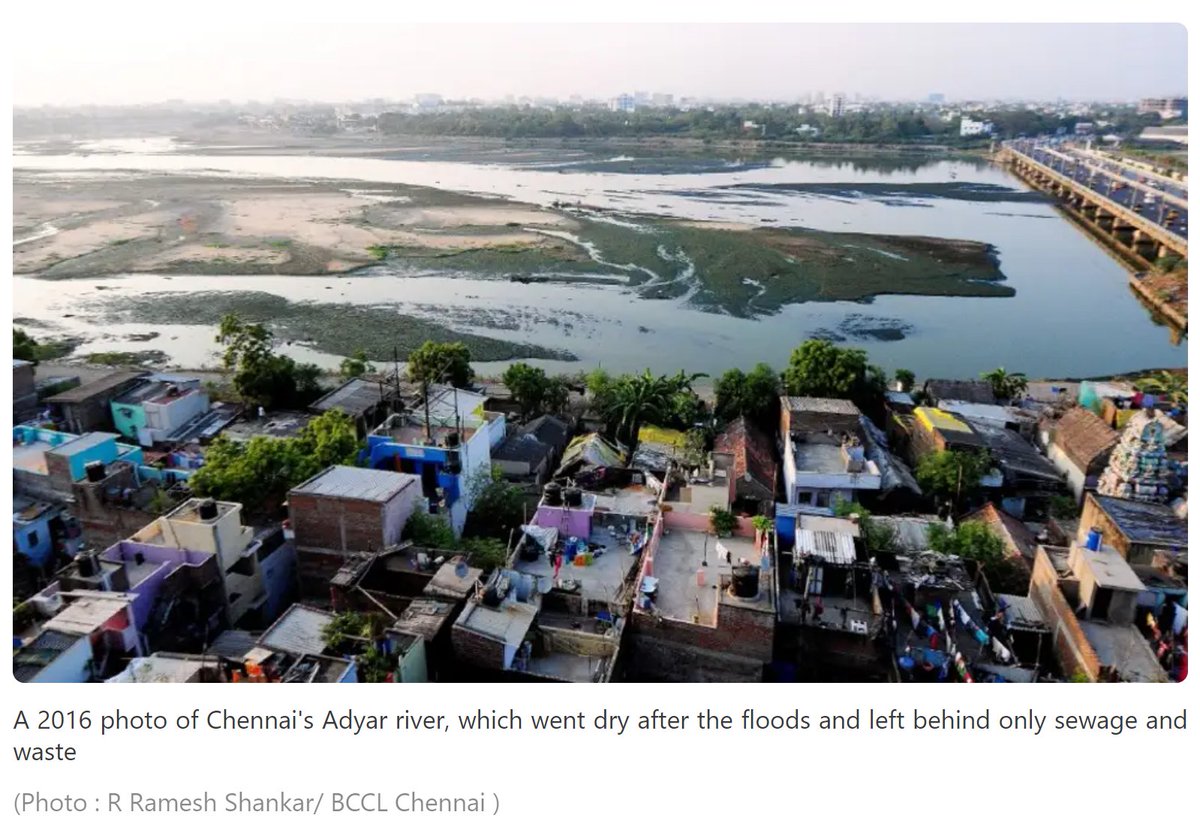
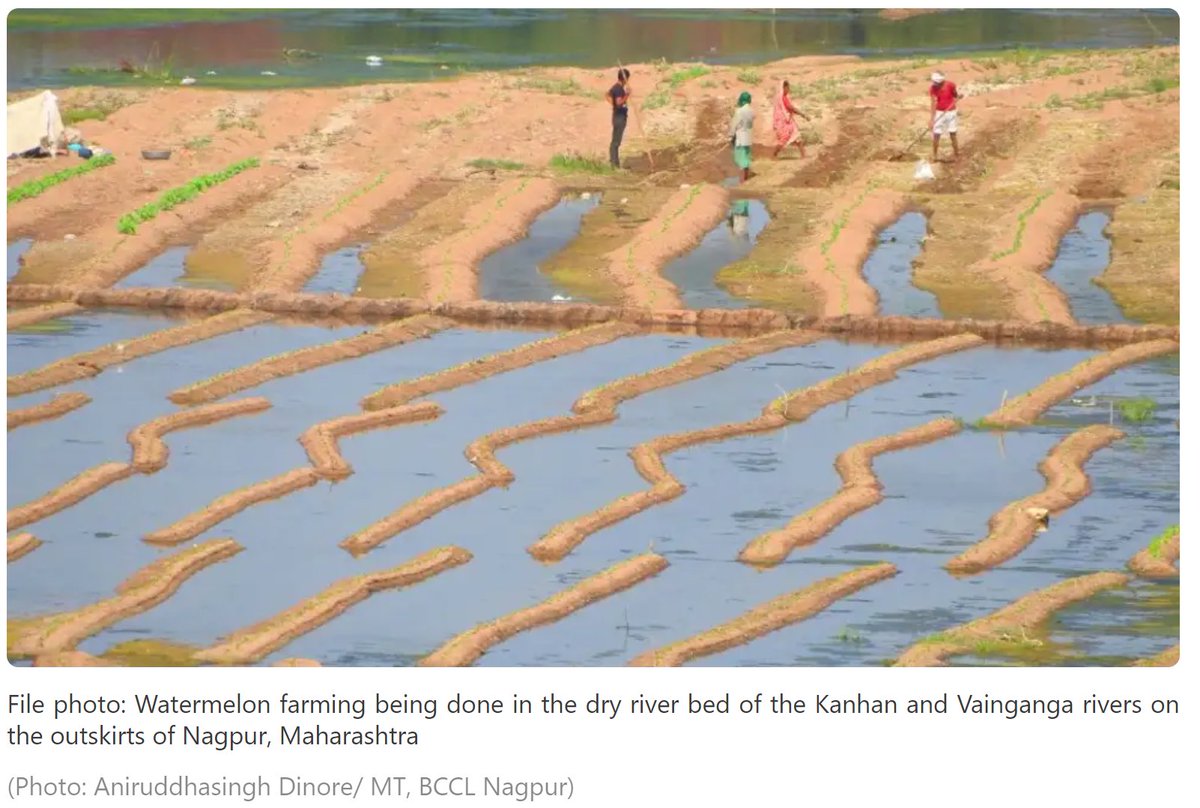
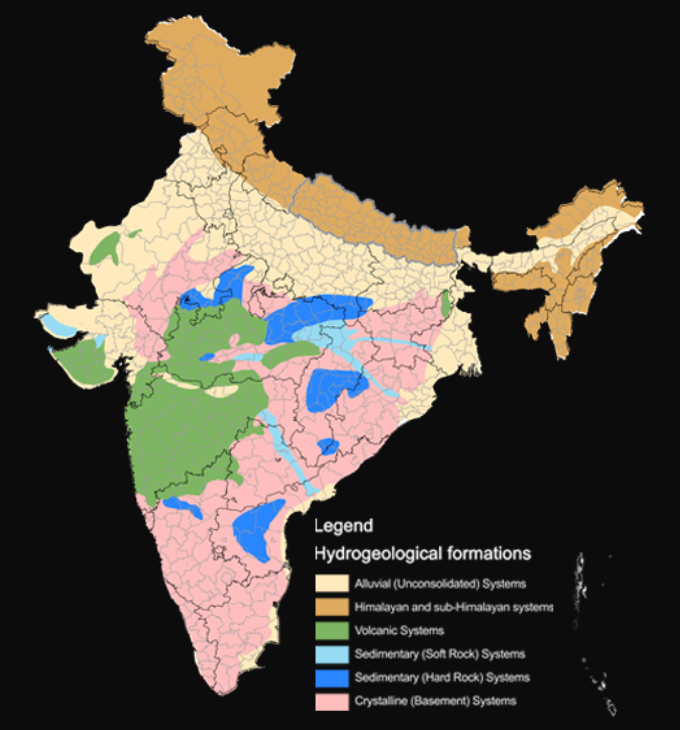
 Indus-Ganga Plains aquifer is the most prolific, consisting of alluvium (गाद). The most recent, the thickest, the most porous, & most transmissive!
Indus-Ganga Plains aquifer is the most prolific, consisting of alluvium (गाद). The most recent, the thickest, the most porous, & most transmissive! 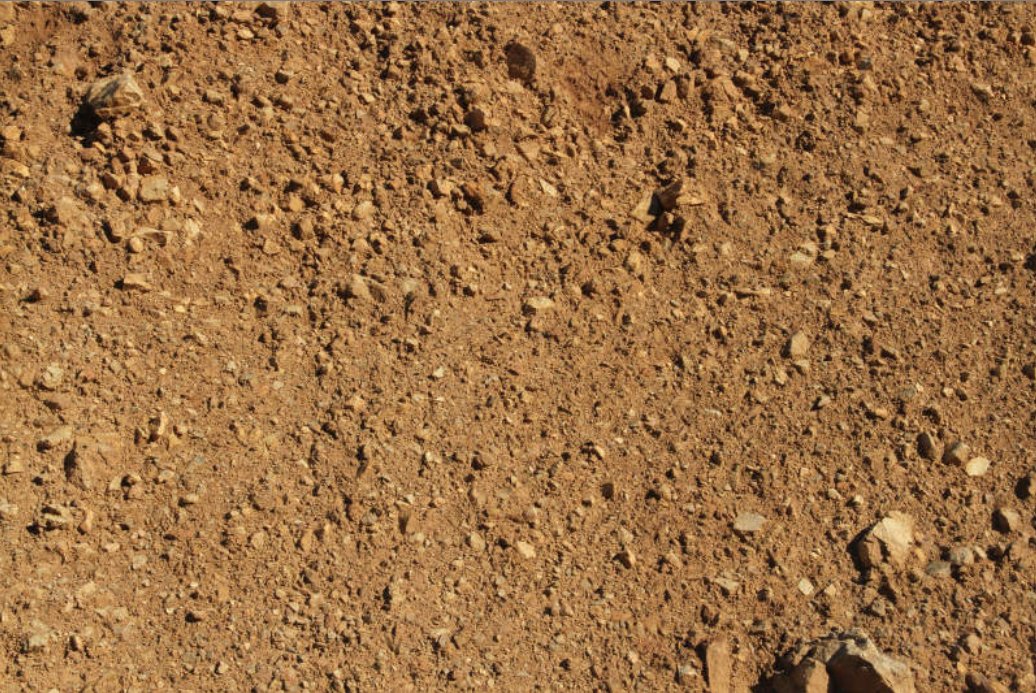
https://twitter.com/veenas_water/status/1341208757531885568?s=19
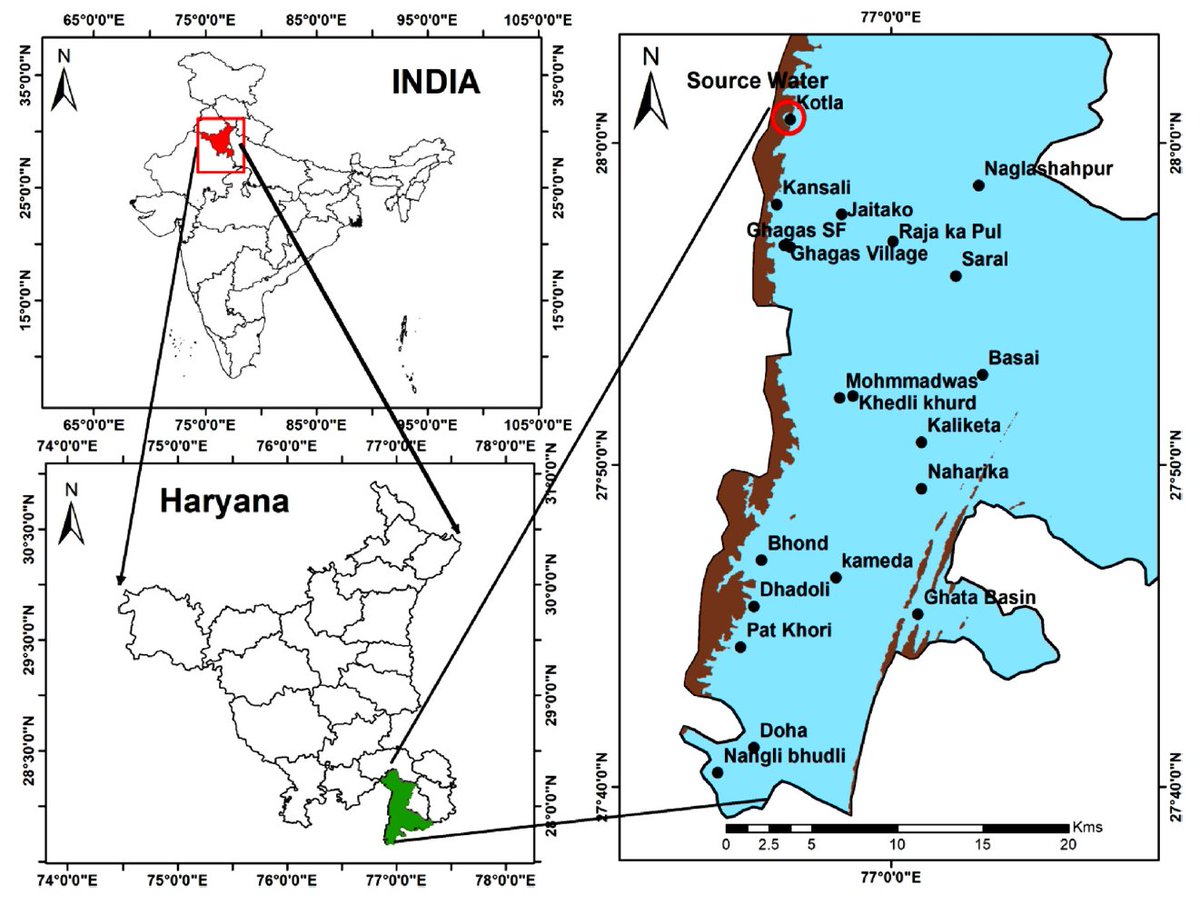
 Map from a recent paper by Krishan et al (2020) in the reputed Journal of Hydrology.
Map from a recent paper by Krishan et al (2020) in the reputed Journal of Hydrology.
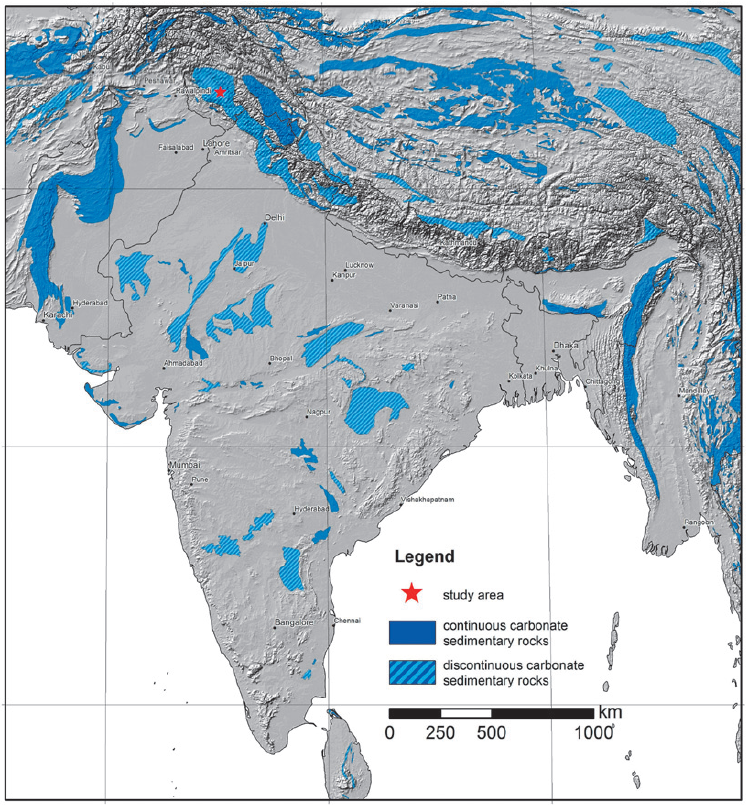
 Limestone often dissolves in the groundwater (a process called karstification), creating much more space & hydraulic conductivity. Space for water is denoted by Specific yield = % of vol of water/rock.
Limestone often dissolves in the groundwater (a process called karstification), creating much more space & hydraulic conductivity. Space for water is denoted by Specific yield = % of vol of water/rock.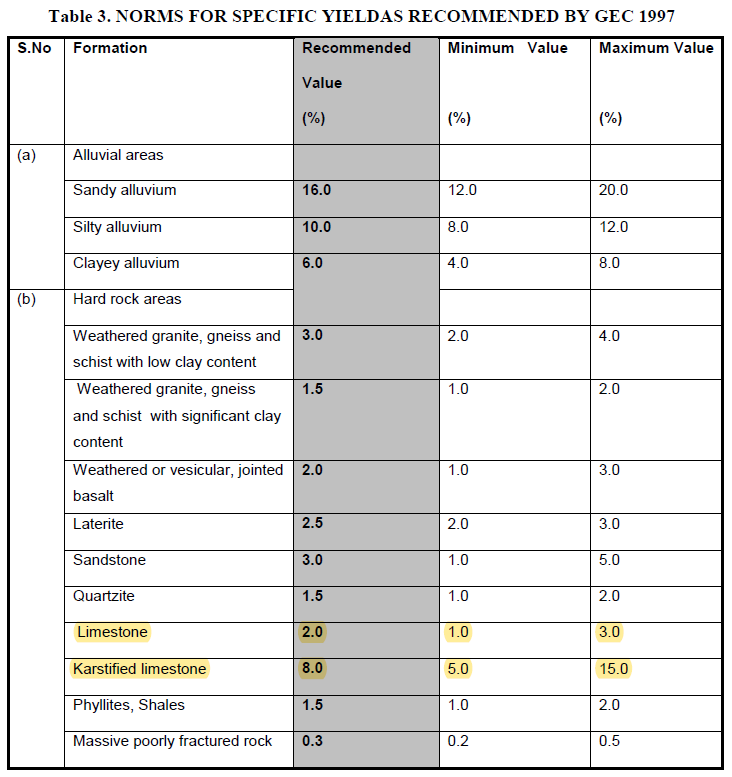
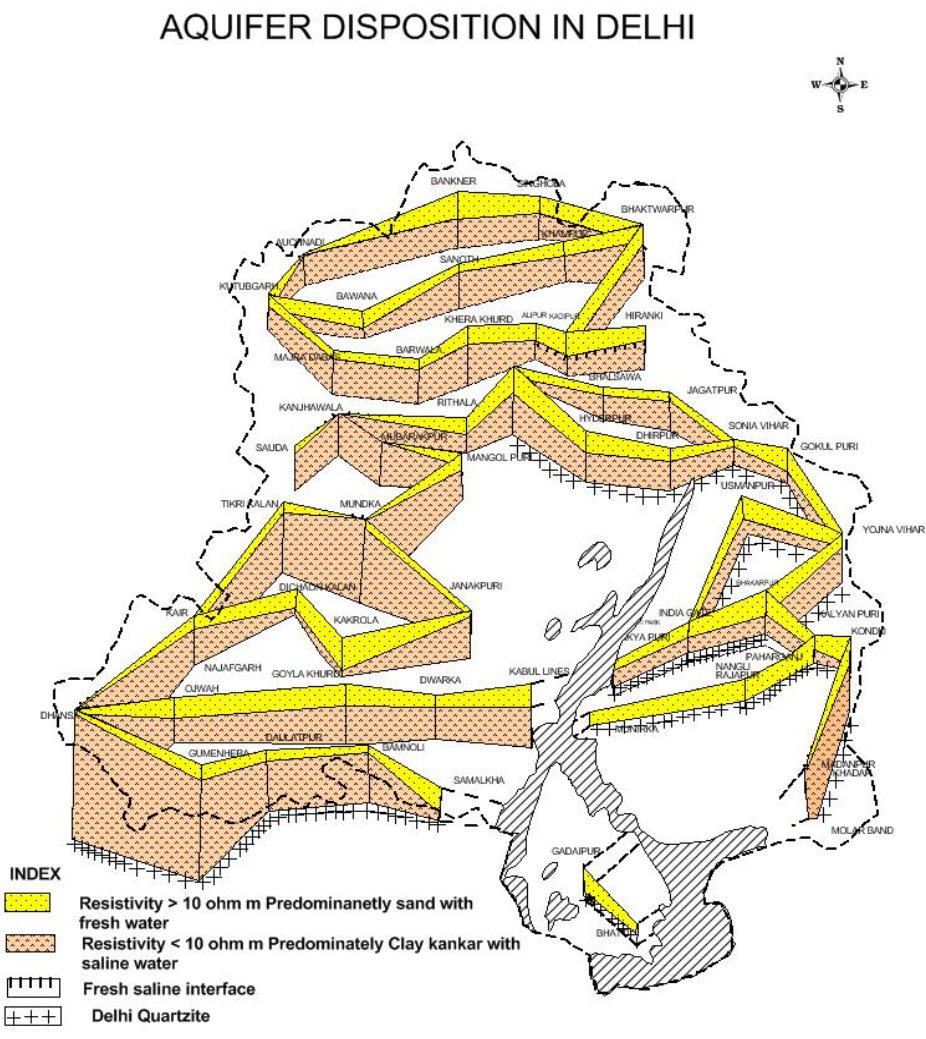
 This map shows thickness of fresh-water left. If you have lived in areas of west Delhi like Dwarka you would know how salty the groundwater is.
This map shows thickness of fresh-water left. If you have lived in areas of west Delhi like Dwarka you would know how salty the groundwater is. 